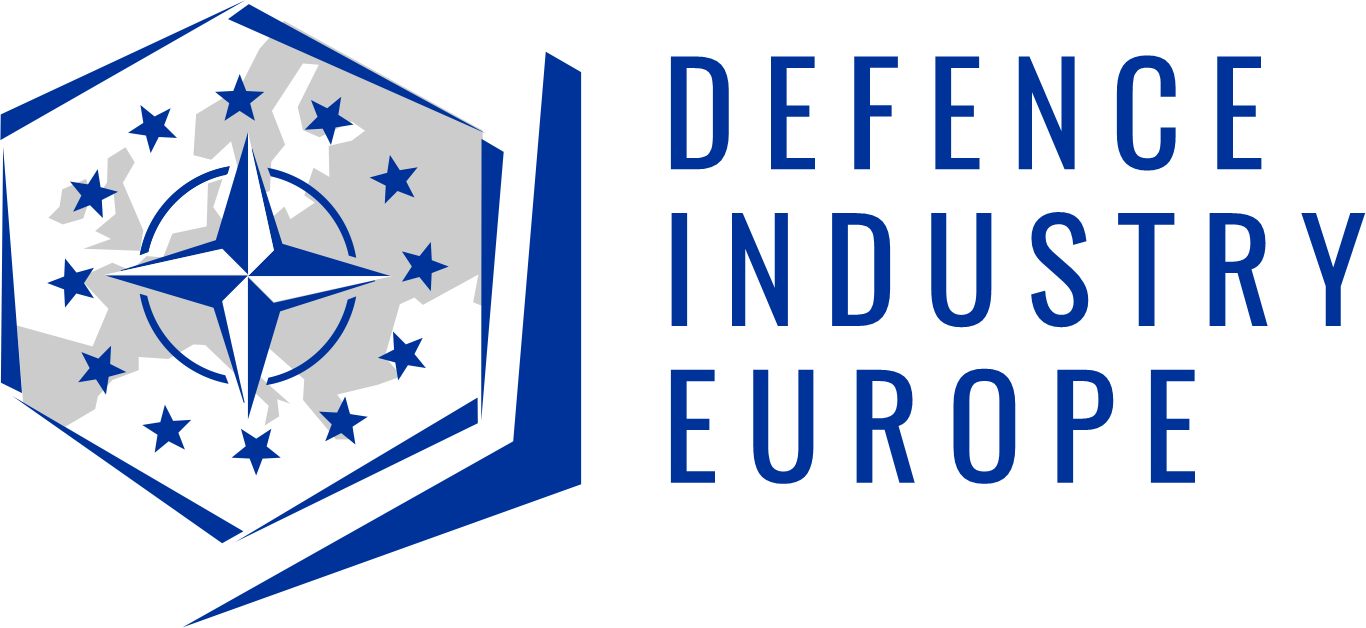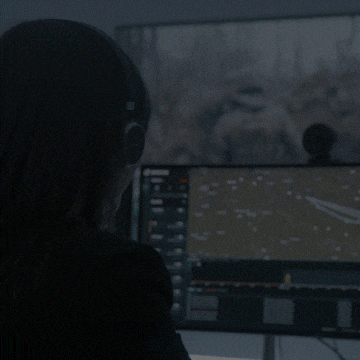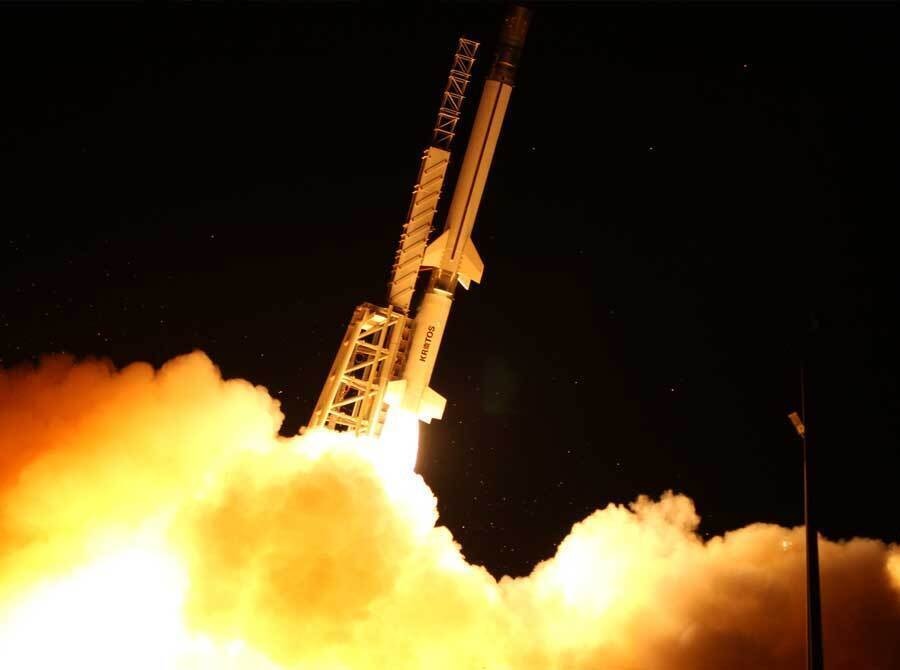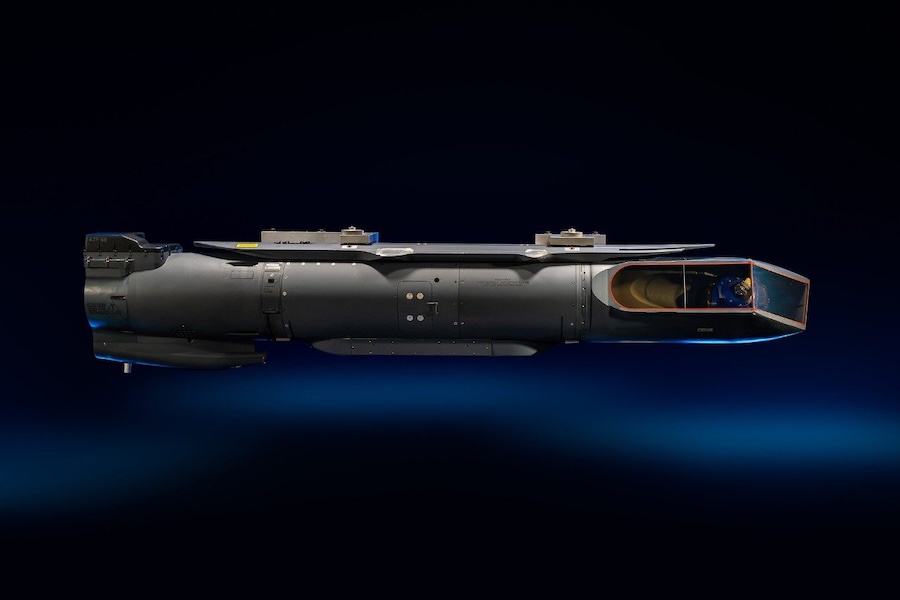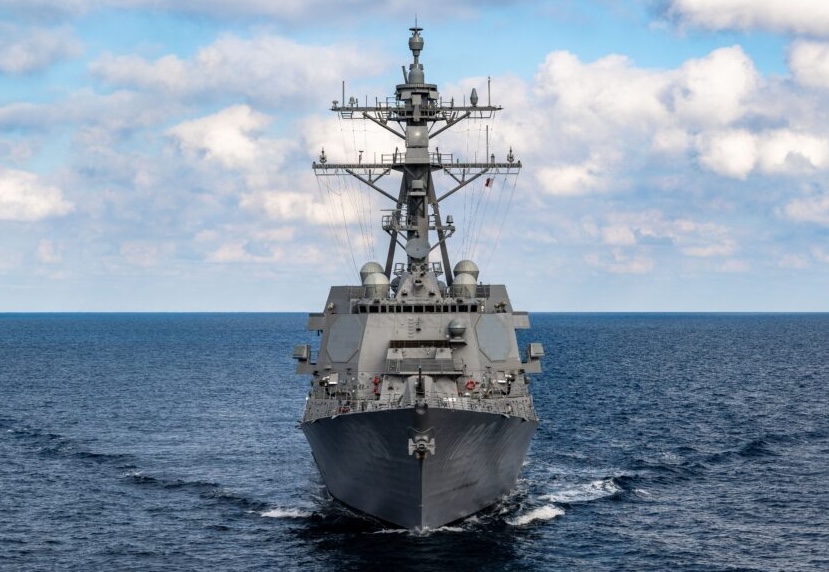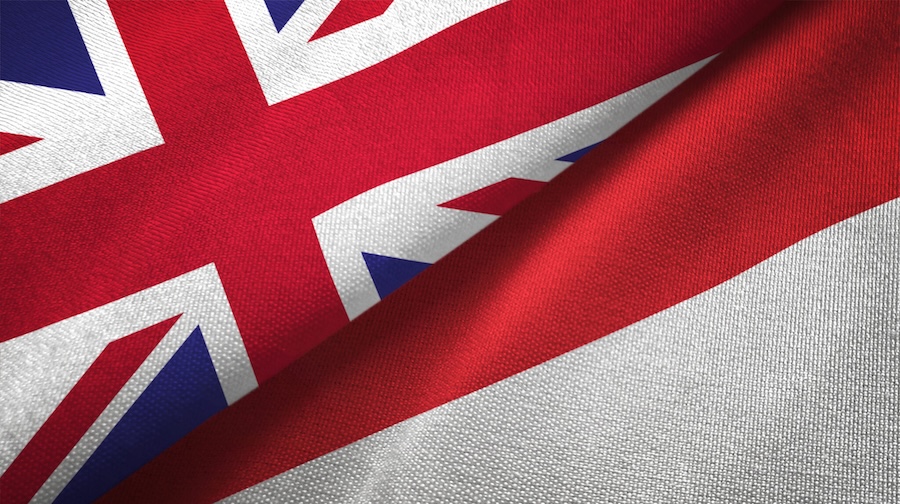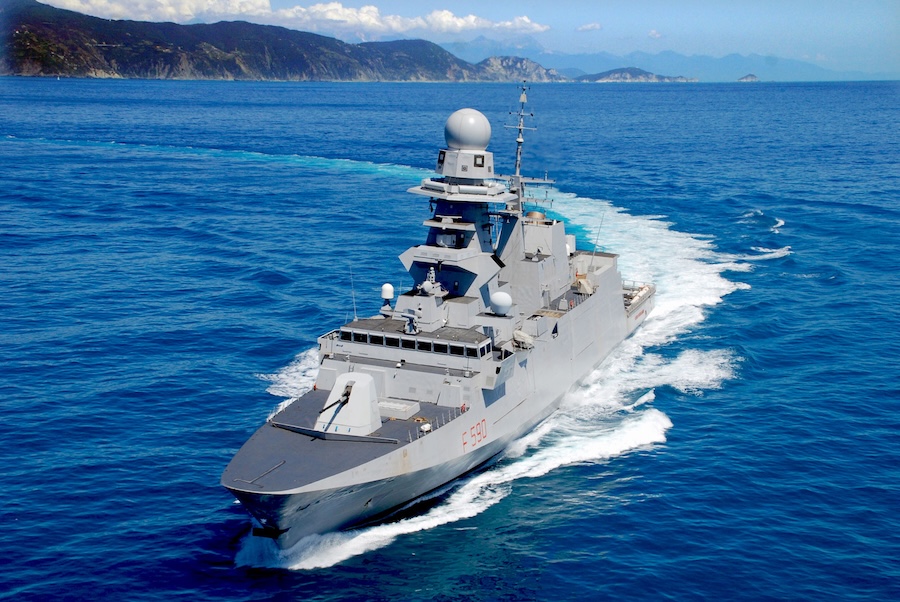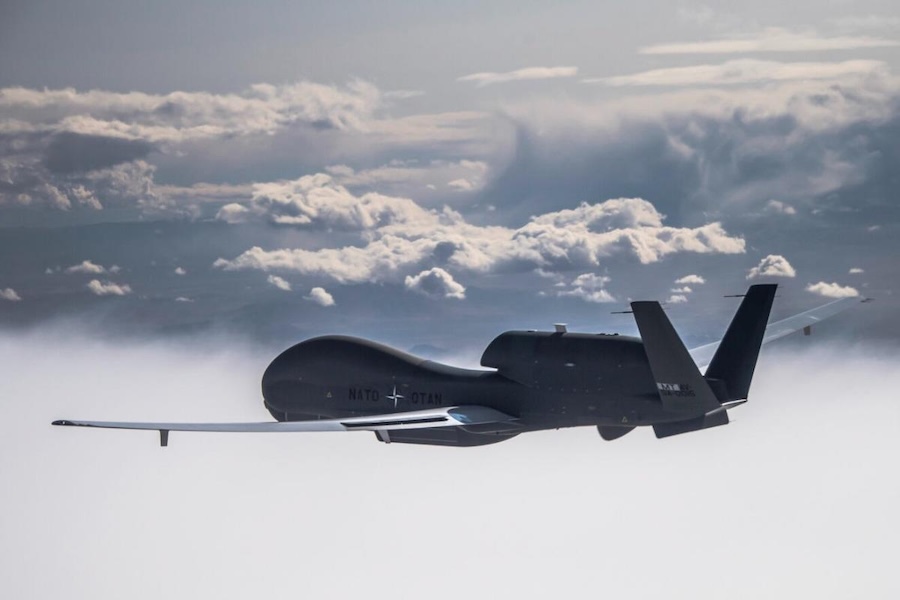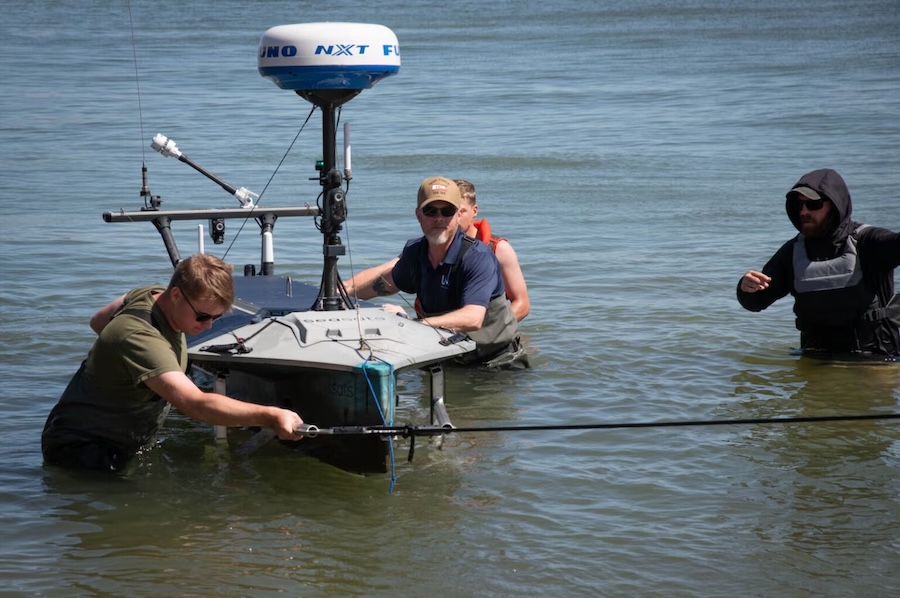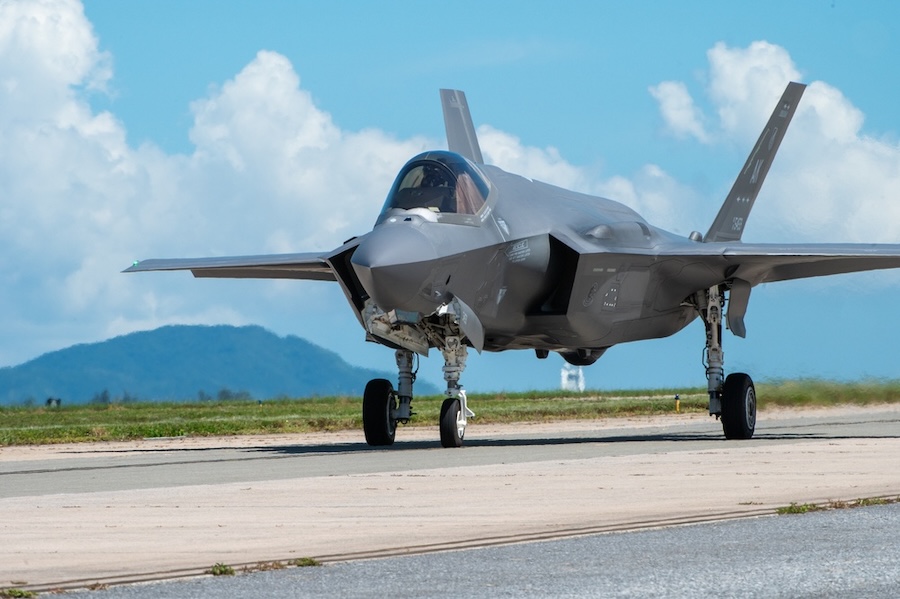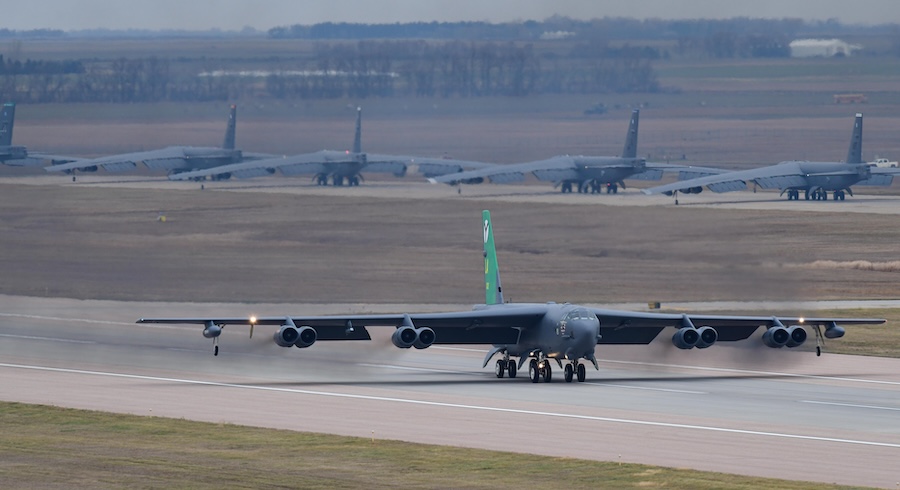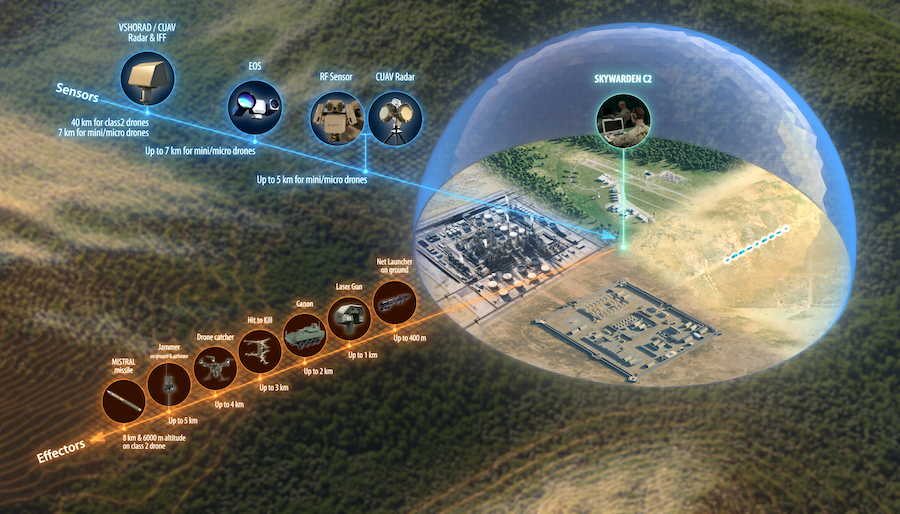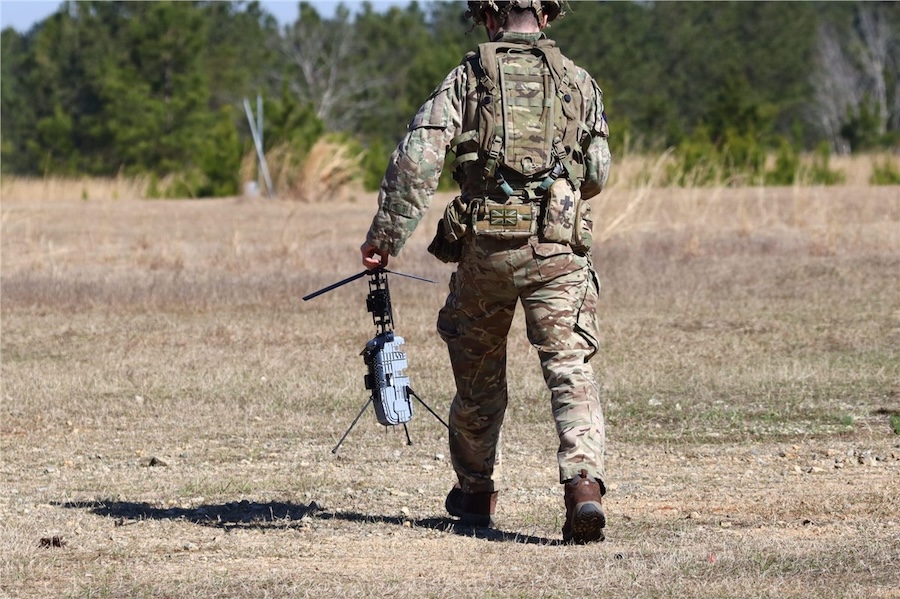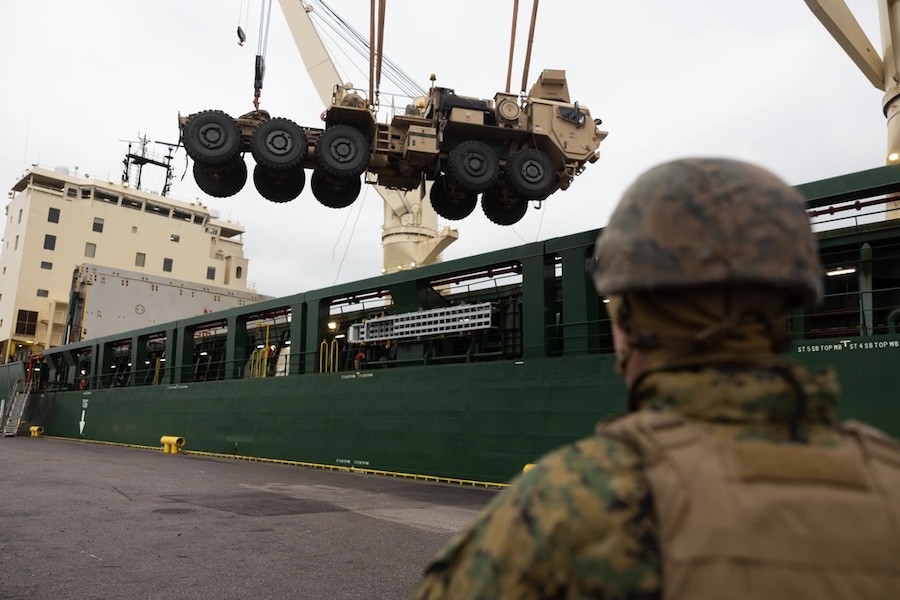Of the estimated 12,241 nuclear warheads worldwide in January 2025, around 9,614 are in military stockpiles ready for potential use, with approximately 3,912 deployed on missiles or aircraft. Around 2,100 of these are on high operational alert, mostly belonging to Russia and the USA, although China may now also keep some warheads on missiles during peacetime.
“The era of reductions in the number of nuclear weapons in the world, which had lasted since the end of the cold war, is coming to an end,” said Hans M. Kristensen, Associate Senior Fellow at SIPRI. “Instead, we see a clear trend of growing nuclear arsenals, sharpened nuclear rhetoric and the abandonment of arms control agreements.”
Russia and the USA still hold roughly 90 per cent of the world’s nuclear weapons, with both maintaining stable stockpile sizes in 2024 while pursuing extensive modernisation programmes. Without a successor to the New START treaty, which expires in 2026, the number of deployed warheads on strategic missiles may soon increase.
The USA’s modernisation efforts faced planning and financial setbacks in 2024, while adding new non-strategic nuclear weapons has strained resources further. Russia, meanwhile, experienced test failures and delays, notably with its Sarmat ICBM, and has yet to realise projected increases in non-strategic warheads.
Despite these challenges, SIPRI expects both nations to increase their nuclear deployments in the near future. For Russia, this may involve reloading emptied silos and enhancing warhead capacity on missiles; in the USA, it could result from reactivating launchers and introducing new warheads.
China’s arsenal has grown faster than any other, reaching an estimated 600 warheads by early 2025 and expanding by roughly 100 warheads per year since 2023. It has built or nearly completed around 350 new ICBM silos, potentially matching the ICBM numbers of Russia or the USA by the 2030s.
Even if China reaches 1,500 warheads by 2035, this would still represent only a third of each of the current Russian and US arsenals. Nevertheless, China’s expansion has added momentum to the global arms race and raised strategic concerns.
The United Kingdom did not increase its arsenal in 2024, but future growth is expected following the 2023 Integrated Review Refresh. The newly elected Labour government in 2024 reaffirmed plans to build four new SSBNs and upgrade the UK’s nuclear arsenal, although it now faces considerable operational and financial hurdles.
France continued developing a third-generation SSBN and a new cruise missile in 2024, while upgrading existing systems, including a new warhead modification. India marginally expanded its arsenal and introduced ‘canisterized’ missiles, suggesting readiness to keep nuclear warheads mated in peacetime.
Pakistan also advanced its delivery systems and fissile material production, pointing to likely arsenal growth. A brief armed conflict between India and Pakistan in early 2025 highlighted the risks of escalation.
“The combination of strikes on nuclear-related military infrastructure and third-party disinformation risked turning a conventional conflict into a nuclear crisis,” said Matt Korda, Associate Senior Researcher at SIPRI. “This should act as a stark warning for states seeking to increase their reliance on nuclear weapons.”
North Korea remains committed to its military nuclear programme, with an estimated 50 assembled warheads and enough fissile material for 40 more. In 2024, Kim Jong Un called for a “limitless” expansion, and by mid-year, South Korean officials warned the country was nearing completion of a tactical nuclear weapon.
Israel, which does not confirm its nuclear arsenal, is believed to be modernising its capabilities. In 2024, it tested a missile propulsion system and appeared to upgrade its Dimona plutonium site.
SIPRI Director Dan Smith stressed the crisis in nuclear arms control, noting that “bilateral nuclear arms control between Russia and the USA entered crisis some years ago and is now almost over.” With New START set to expire in 2026 and no negotiations under way, the future of arms control is uncertain.
Smith warned of new dangers from emerging technologies: “The signs are that a new arms race is gearing up that carries much more risk and uncertainty than the last one.” AI, missile defence, quantum tech and cyber capabilities are reshaping deterrence dynamics and adding instability.
He added that faster decision-making enabled by new technologies increases the risk of accidental conflict. “The idea of who is ahead in the arms race will be even more elusive and intangible than it was last time round,” Smith stated.
More countries are now reconsidering their nuclear status, especially in East Asia, Europe and the Middle East. In 2024, Belarus and Russia reiterated claims of Russian nuclear weapons being deployed in Belarus, while several NATO states showed interest in hosting US nuclear arms.
French President Emmanuel Macron also reiterated that France’s nuclear deterrent should have a “European dimension.” Korda cautioned, “Nuclear weapons do not prevent conflict… and may end up making a country’s population less safe, not more.”
The SIPRI Yearbook 2025 highlights ongoing global instability, worsened by conflicts in Ukraine, Gaza and beyond. It also points to growing uncertainty over US foreign policy following Donald Trump’s election, with concerns about America’s future role as an ally, donor or economic partner.
The Yearbook includes comprehensive data and analysis on military expenditure, arms production, arms transfers, disarmament, peace operations, cyber threats and space security. It presents a stark picture of a world heading into a more unstable and dangerous nuclear era.
Related content:


